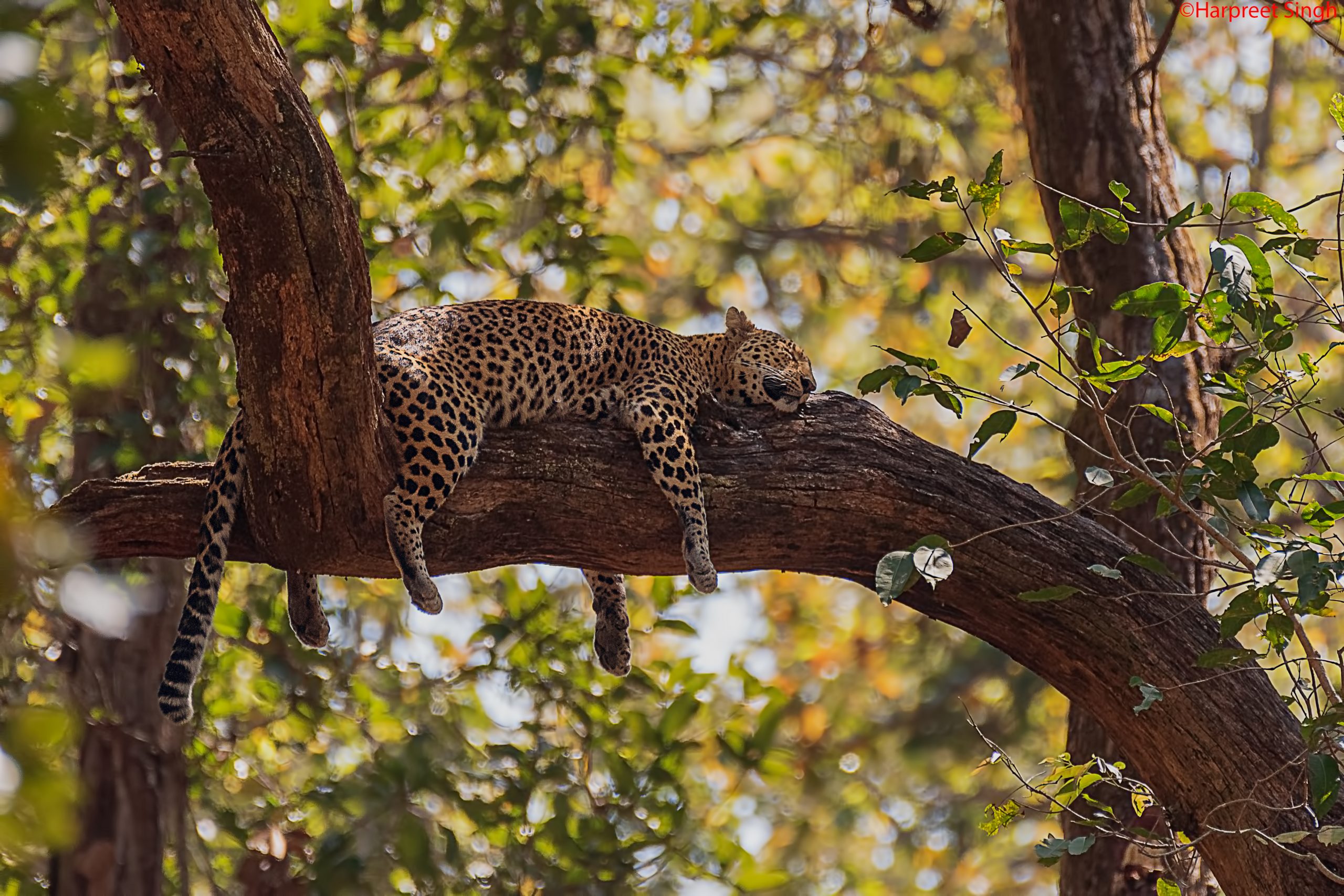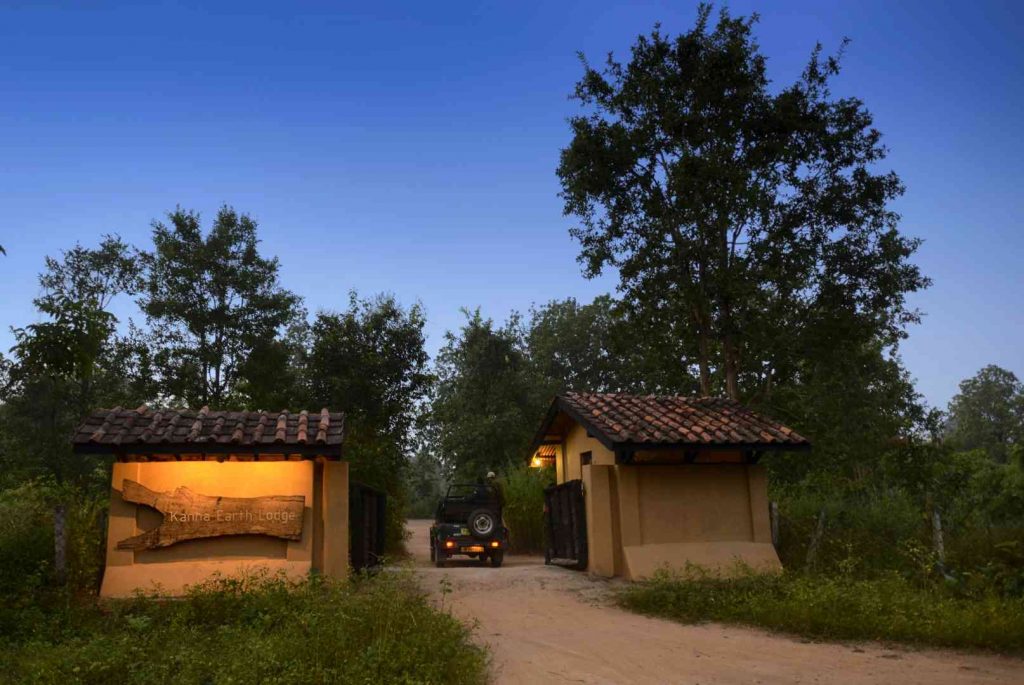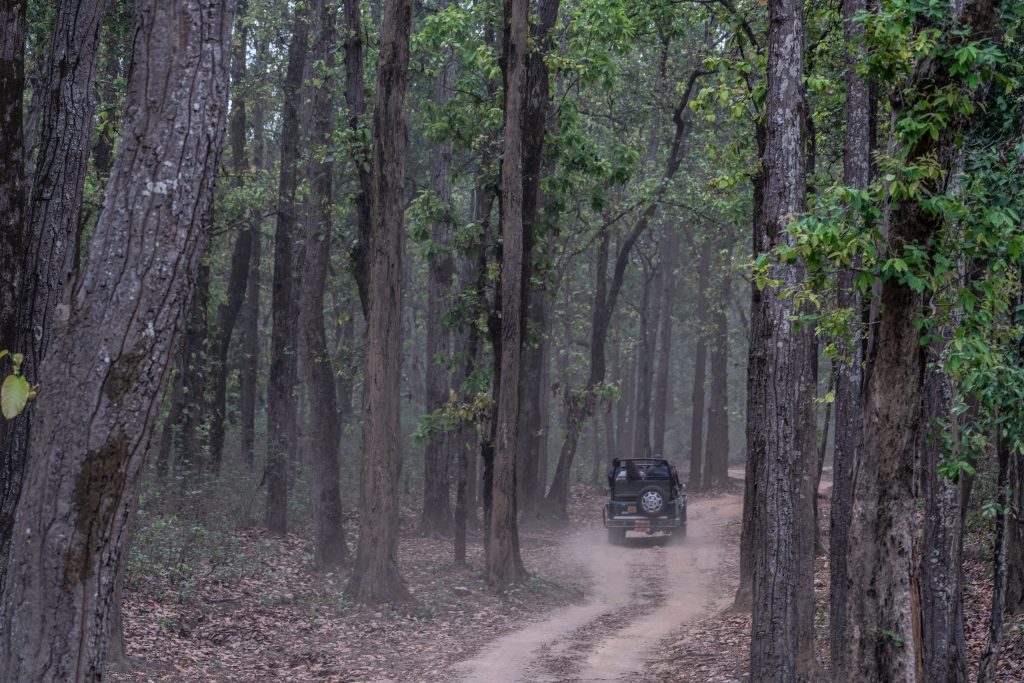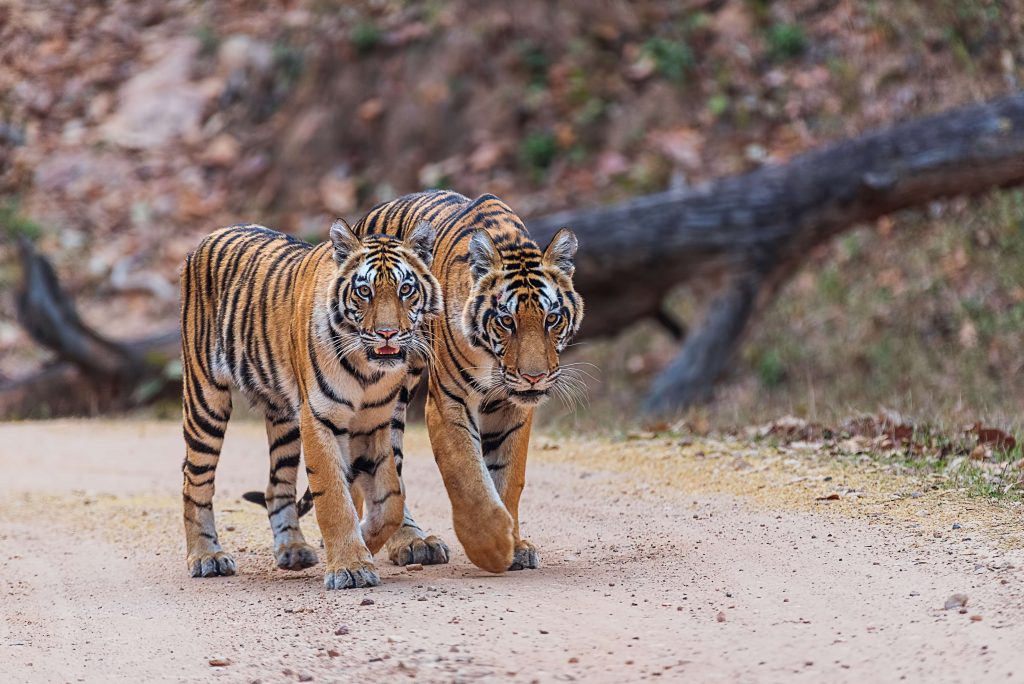Witnessing a Tiger, largest feline species in its natural habitat is something many wildlife enthusiast, nature lovers and aspire for. The majestic big cat walking in front of your vehicle may give you goosebumps and the joyous feeling of being in its vicinity, can’t be put into words.
Tiger being apex predator , at top of food chain of this unique habitat is undoubtably serving as an umbrella species and playing a significant role in the conservation of Kanha National Park which is well evident by the increasing population of this mega-predator.
Visitors coming here with the dreams of seeing at- least a tiger may be overwhelmed but one should not forget that tiger is not the only species he/she should look forward to in a jungle that is abundantly inhabited with a diverse variety of wildlife.
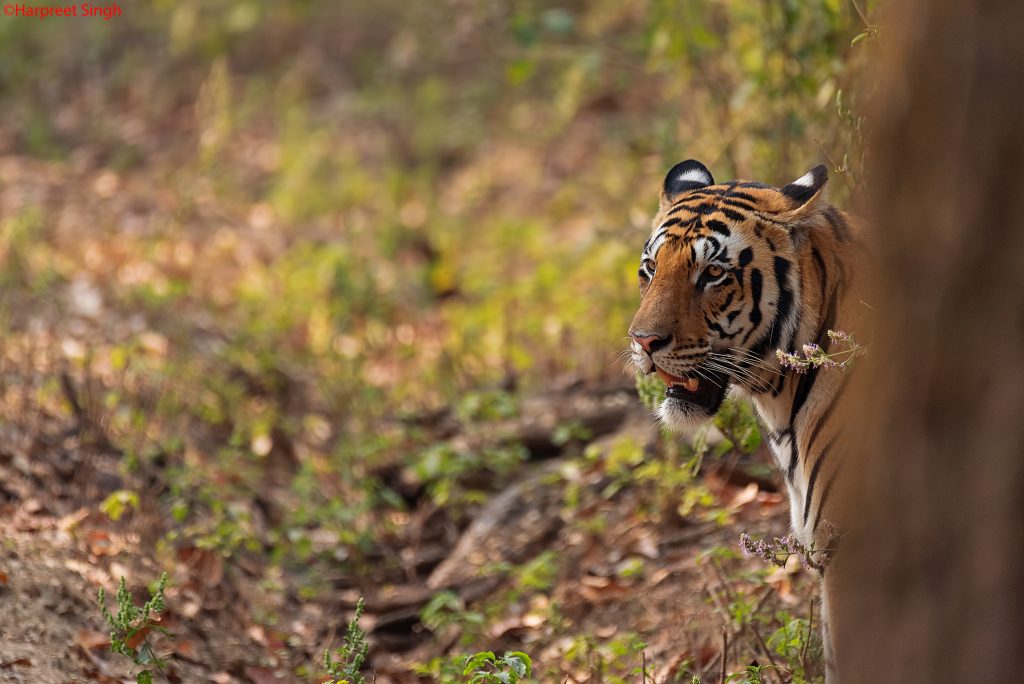
While aspiring to taste a cherry one often ignore how the cake was. There are various other species belonging from different genre which are endemic and pride of Kanha. One such species is Barasingha (Hard-ground swamp deer), mascot of kanha and also the state animal of Madhya Pradesh).
This species of deer is among 4 other species of deer family namely Sambar , spotted, barking (mutjac) and mouse deer constituting the prey composition for Tiger and other large co-predators like common leopard, wild dog, golden jackal, Indian grey wolf .
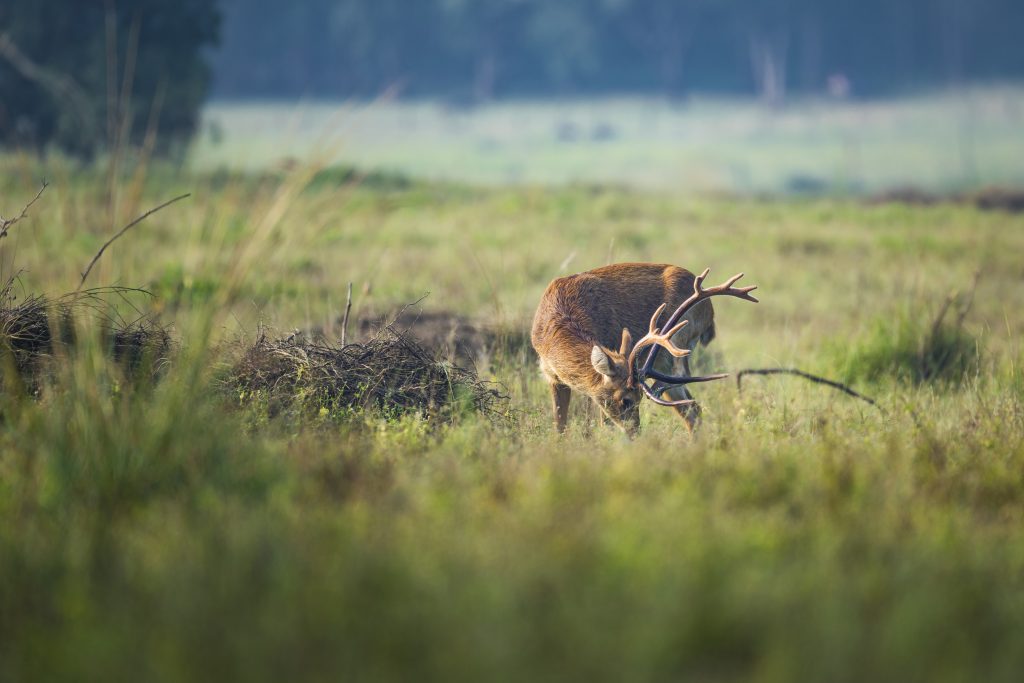
While looking for all these species during your safaris in the empire of tiger, one can also have an chance to witness majestic sloth beer , species of scavenging vultures, opportunistic golden jackals, association of Langurs ( Central Indian black faced primate with grey fur coat)and spotted deer.
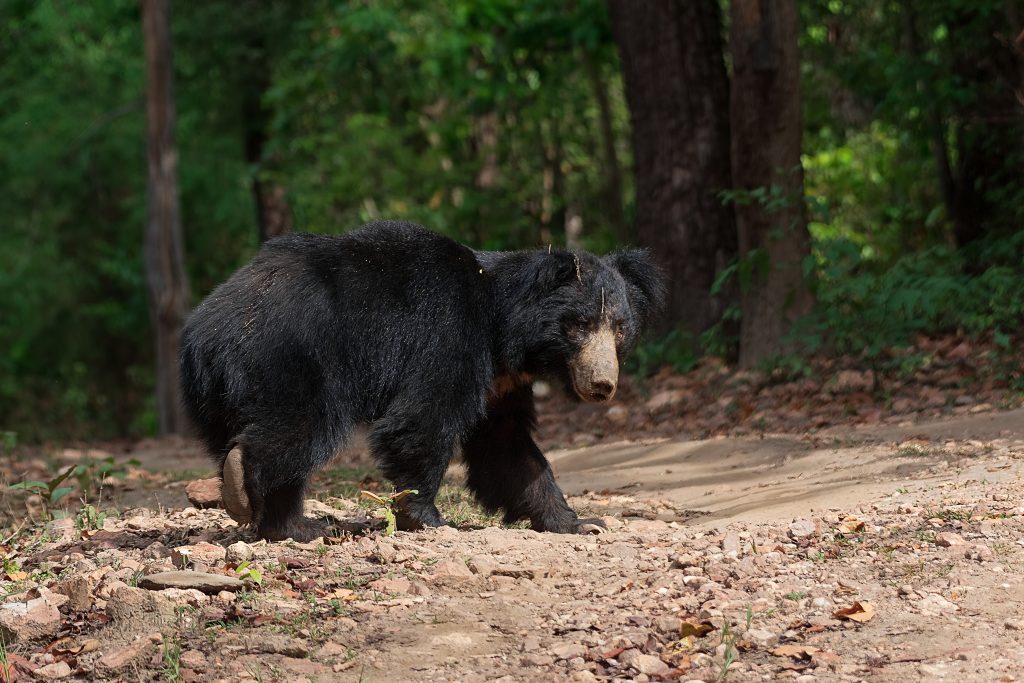
The tiger sighting can be unique experience to anyone when all the prey species around the moving tiger start communicating between themselves which is often referred by the term Alarm-call by us.
The alarm calls varied by species (langur, spotted ,sambar and swamp deers) and are very unique which brings more excitement to the climax of Tiger sighting at Kanha National Park. The indirect evidences like scat (fecal dropping), scrape( removed soil by paws), scratch (claw markings on trees) are helps us to track predators along with alarm calls.
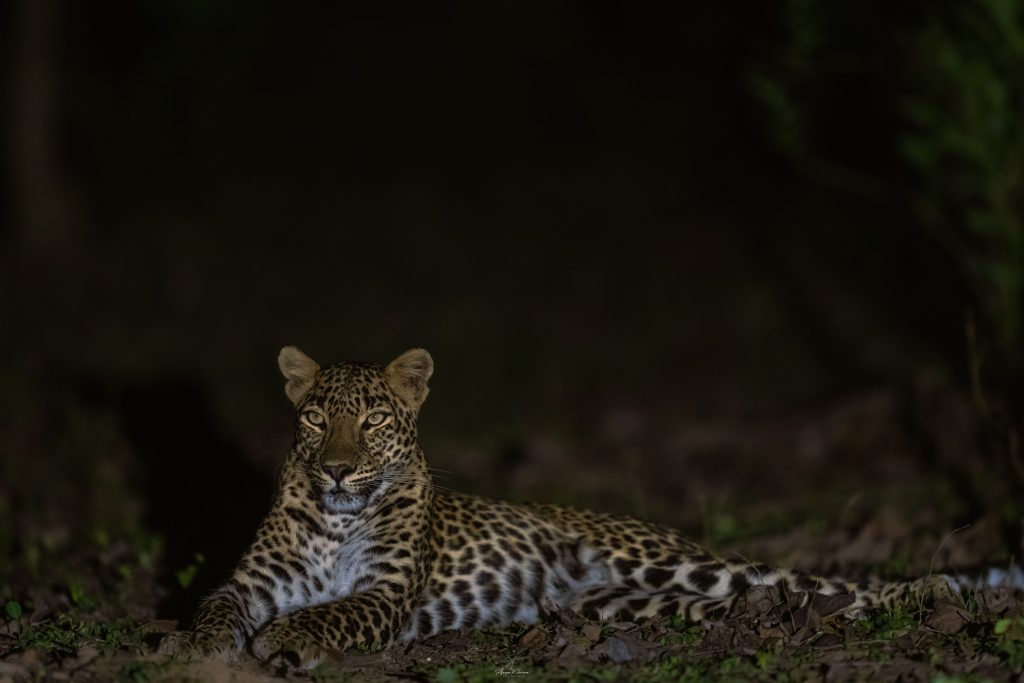
Don’t miss this on your safari
One should never be ignoring the serenity, peace and music of forest( bird call, alarm calls, movement sounds etc.) which enables us to understand the forest better, hence a visitor must remain attentive, patient and observant to understand it in a better way.
Apart from charismatic species mentioned above there is always a lot more in this habitat which can describes as blessing in disguise, like species of birds, pollinators like butterflies and bees , reptiles, beautifully structured termite mounds- epitome of an natural architect, and close to thousand species of flora (sal dominated) which give the habitat a lush green to brownish- yellow appearance varying greatly in different seasons.
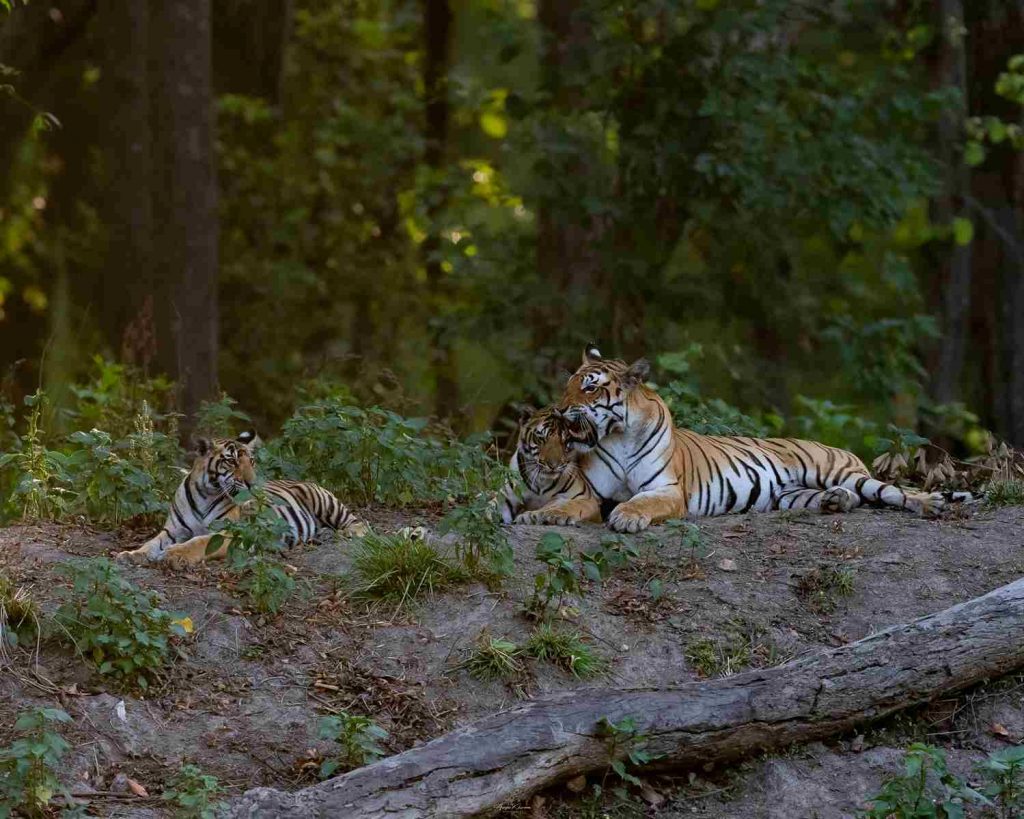
Safari Timings for Core & Buffer of Kanha National Park
A safari in the core is only restricted to day hours, and it enables a visitor to witness the bio-diversity during sunrise to sunset. While buffer safaris can be experienced in night time as well ( 7.30- 10.30 pm) along with usual day safaris ( morning and afternoon). Several species like bluebull, four-horned antelope and wild dogs can be easily seen in buffer safaris.
Although forest in the buffer areas in much pen and dominated by mixed-broad leaved species. If lucky one can also have an visual encounter of elusive species like Tiger, wild dog, porcupine and honey badgers.
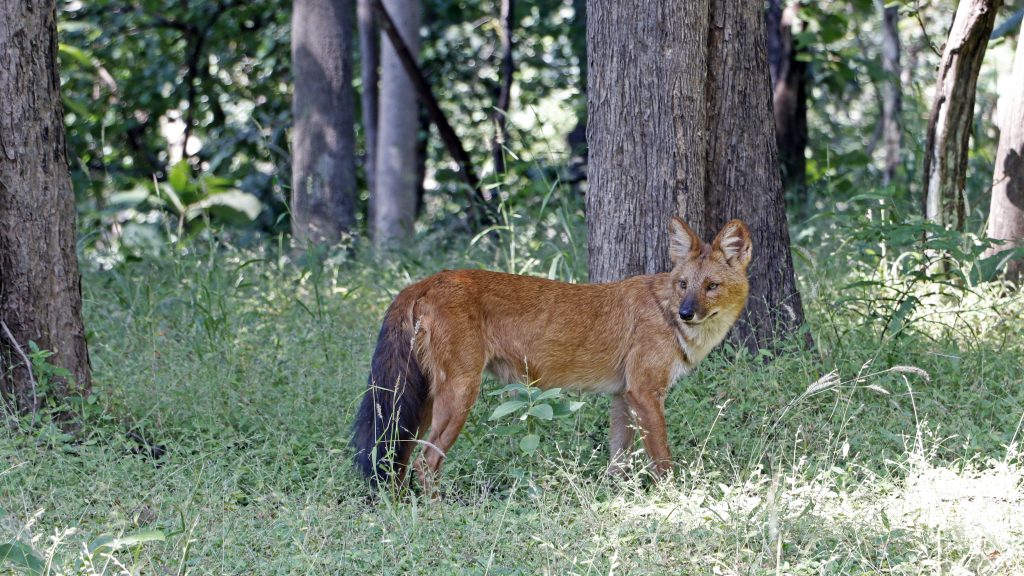
Overall in a nutshell a safari experience is a must do activity when you are Kanha. One may also feel so enlightened after such rich experience of learning certain distinctive behavioural observations that they may get addicted to such ongoing escapades, for the rest of their lives.
If you’re seeking a luxurious stay near the natural wonders of Kanha National Park while exploring wildlife safaris in both the core and buffer zones, Kanha Earth Lodge emerges as an outstanding Luxury Resort in Kanha National Park.

